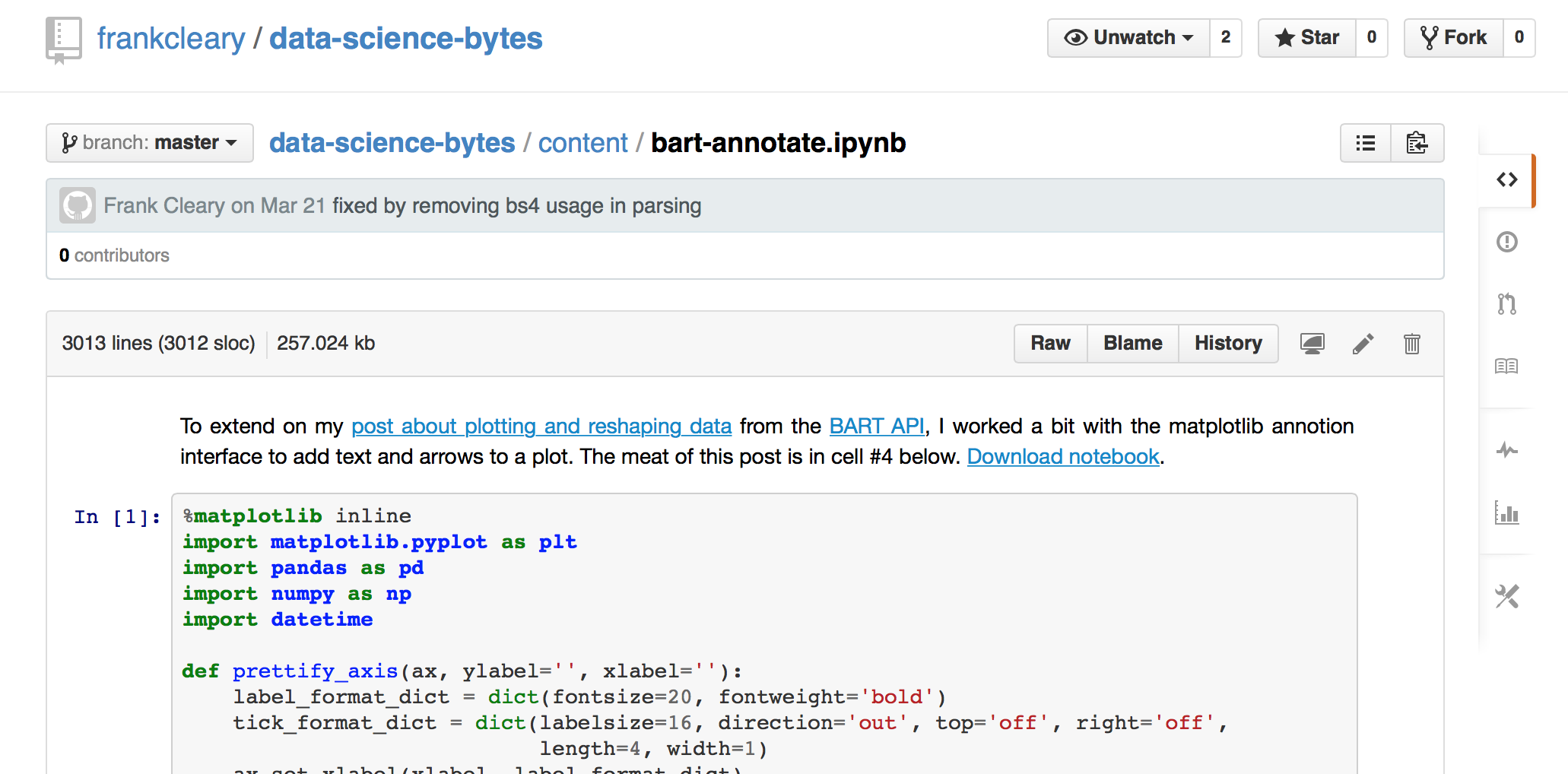Apache Spark has a useful command prompt interface but its true power comes from complex data pipelines that are run non-interactively. Implementing such pipelines can be a daunting task for anyone not familiar with the tools used to build and deploy application software. This article is meant show all the …
...read moreThere are comments.
